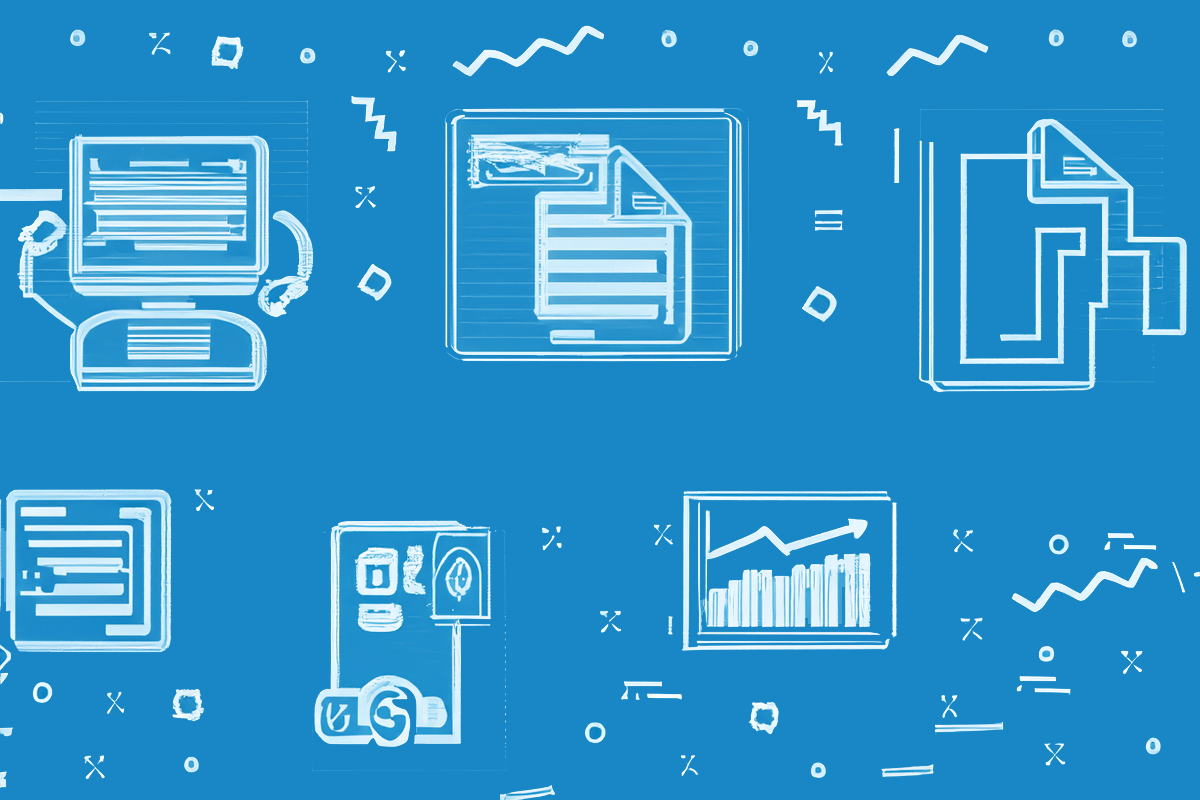Find out how a Document Management System can simplify your everyday office processes.

A document management system (DMS) for customer relationship management (CRM) integration involves efficiently organizing, storing, and accessing documents within the context of CRM processes and workflows.
CRM is the strategic approach and set of practices that businesses adopt to manage and optimize their relationships with customers. It encompasses the processes, tools, and techniques employed to acquire, retain, and enhance customer interactions, ultimately driving customer satisfaction, loyalty, and business growth. Ineffective document management can significantly impact business operations and customer relationships.
In today’s business landscape, effective management of customer relationships is paramount for organizations to thrive and remain competitive. As businesses increasingly rely on Customer Relationship Management (CRM) systems to streamline their sales, marketing, and customer service processes, the need for robust document management within CRM integration becomes evident. Here are some reasons why businesses need document management in CRM integration and its significance in optimizing customer relationship management processes.
Establishing a centralized location or document repository that integrates with the CRM system is a crucial aspect of document management in CRM integration. This repository serves as a secure and accessible storage space for various types of documents that are essential for managing customer relationships.
The document repository should seamlessly integrate with the CRM system, allowing users to access and manage documents within the same interface they use for customer-related activities. Integration ensures that documents are easily accessible, linked to relevant CRM entities (e.g., contacts, opportunities), and can be utilized within CRM workflows.
Enable version control to manage document revisions effectively. Multiple users should be able to collaborate on documents simultaneously, ensuring real-time updates and avoiding version conflicts. Implement mechanisms to track document history and changes made by users.
Version control enables multiple users to collaborate on documents simultaneously. This collaborative editing capability allows team members across different departments or locations to work together on the same document, making real-time updates and contributions. Users can view changes made by others in real time, fostering efficient teamwork and reducing communication delays.
Implementing appropriate access controls is crucial in document management within CRM integration to safeguard sensitive customer data and ensure that documents are accessible only to authorized individuals. Implement appropriate access controls to ensure that documents are accessible only to authorized individuals. Define user roles and permissions within the CRM system to regulate document access and modification rights.
Role-based access control is a commonly used approach to managing document access. It involves assigning user roles with corresponding permissions to access, view, edit, or delete documents. RBAC ensures that users are granted access only to the documents necessary for their job functions, minimizing the risk of unauthorized access or accidental modifications.
Integrate document management functionalities seamlessly into CRM workflows. For example, provide the ability to attach documents to customer records, associate documents with specific CRM activities, or trigger document-related actions based on CRM events (e.g., contract renewal). Users can link relevant documents to these activities, providing a centralized repository for all related documentation.
This association facilitates easy retrieval and contextual access to documents while working on specific CRM tasks. For example, when a contract renewal date is approaching, the system can automatically generate reminders or notifications to prompt users to review and update the relevant contract documents. This automation streamlines document-related processes and ensures timely action.
Integrate document editing and collaboration tools to enable users to edit, comment, and collaborate on documents directly. This streamlines document workflows and reduce the need for switching between applications. With document collaboration tools integrated into the CRM environment, multiple users can collaborate on the same document simultaneously.
They can provide feedback, make edits, and leave comments in real time, fostering effective teamwork and improving communication. Real-time collaboration enhances productivity and enables teams to work together seamlessly, regardless of geographical location.
KRIS Document Management System (DMS) offers integration benefits to empower businesses to enhance productivity, improve customer interactions, streamline workflows, and maintain a centralized knowledge base for better decision-making. By implementing robust document management practices within CRM processes, organizations can optimize their operations and drive success. By taking these actions, you can unlock the full potential of document management in CRM integration. Experience increased efficiencies, streamlined workflows, and improved decision-making capabilities. Embrace the power of effective document management to strengthen your customer relationships and drive your organization toward success.